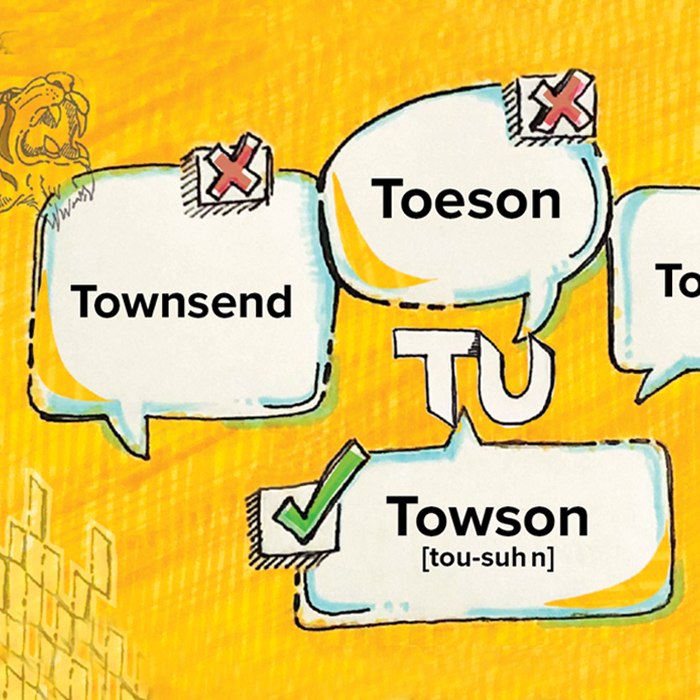Office Hours: Viruses and Vaccines
Department of Biological Sciences professor Barry Margulies explains some of the science behind viruses like COVID-19.

We’re constantly bombarded with viruses, and most of them don’t cause damage, relatively speaking, because we have very good defenses against them. So how do they get to us? SARS-CoV-2—the causative agent of COVID-19—gets access to our respiratory system through inhaled material. What’s nasty about this virus is that’s not where it stops. It spreads throughout the body in the most severe cases, and it causes all kinds of other trouble.
What it’s looking for are receptors on our cells. Receptors act like a doorway, and every virus is looking for a specific doorway. Polio is looking for one specific entrance in some very specific cells. That’s why polio infects the gut, neurons and the central nervous system, but it doesn’t infect blood cells. In the case of SARS-CoV-2, the doorway it’s looking for—ACE2—is expressed on lots of different cells. That’s one of the reasons that this virus causes so much damage: It’s expressed at very high levels in the lung.
Viruses are, to quote one of my colleagues, just little molecular spaceships that aren’t alive. They’re just floating around as a set of instructions. They need to get into a cell to utilize the cell’s machinery, to make copies of themselves. Our cells can independently reproduce over and over and over again. But viruses can’t. All viruses when they enter a cell, eventually take it over and turn it into a virus-making factory. It’s like if Ford has an assembly line to make F150s and a spy from GMC comes in and changes the instructions. All of a sudden, the line starts cranking out Denalis. The cell is no longer functioning for itself. It’s like a zombie. It’s making copies of hundreds, thousands of copies of viruses.
“ It’s like if Ford has an assembly line to make F150s and a spy from GMC comes in and changes the instructions. ”
One of the ways that SARS-CoV-2 does it is the virus produces a protein that dampens the local immune response, which allows it to sort of escape the body’s surveillance. There are all kinds of interesting twists and tricks that herpes viruses use. They can go through a period of latency where they sit quietly within the cell and do very little, so there’s not a lot for the immune system to see or attack.
There are two ways to look at treatment. One is prophylactic, so you prevent infection from ever happening. The other is therapeutic, which is if somebody already has it, how do you get rid of it? Every type of antiviral intervention falls into one of those two classes, sometimes both. In many cases, vaccines are more prophylactic. If you can raise the initial resistance of a person through vaccines, then you can prevent infection from the beginning. When it comes to SARS-CoV-2, people are working on a true prophylactic vaccine.
Just like applications for new drugs, vaccines have to go through sort of invitro trials and then they have to go through clinical trials.
Phase I trials typically take maybe six months to a year. Phase II trials typically take a year or two, maybe three and phase three trials typically take maybe two to five or six years because you have to be able to enroll thousands of patients. You have to be able to get all those data back, and you have to be able to compile and analyze those data. Typically, it takes years to get from the beginning of the process all the way to FDA approval. There’s a fabulous anti-hepatitis C drug out there. I think it took 16 years from the initial experiments to the final FDA approval.
What we’re trying to do here with SARS-CoV-2 is significantly accelerate that timeline. Here we are in November, and the efforts really just started to ramp up in early March. And there are at least two vaccine trials that are in phase III right now. Somehow these companies worked not just over overtime, but super-extra overtime in getting trials going, analyzing the data and getting results back to the FDA. The FDA has also worked super-extra overtime. What a colossal, amazing effort by everybody involved that they’re able to get this far, this quickly.



